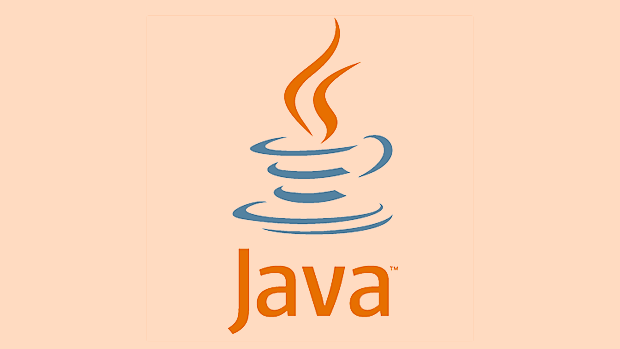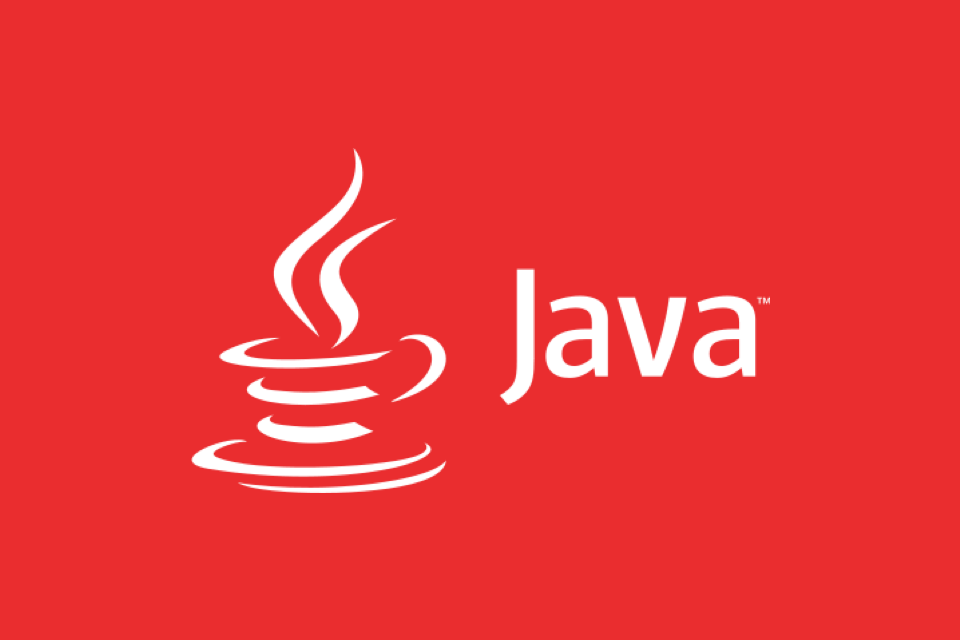CompleteFuture is a class introduced in Java 8 to simplify asynchronous programming and multithreaded task processing. 1. It supports manual completion of Future, chain calls, combination of multiple asynchronous operations and unified exception handling; 2. Compared with Java 5 Future, it is more powerful, and can manually set results, chain operations, combine tasks and flexibly handle exceptions; 3. Use supplyAsync or runAsync to create asynchronous tasks and specify thread pools; 4. thenApply convert results, thenAccept consumption results, thenRun to perform subsequent operations; 5. thenCompose serial combination tasks, thenCombine parallel merge results; 6. Exceptional and handle methods handle exceptions and provide default values ??or unified logic.

CompleteFuture is a class introduced in Java 8 to more conveniently handle asynchronous programming and multithreaded tasks. Simply put, it is a manual Future that can be completed, supports chain calls, combines multiple asynchronous operations, and can handle exceptions.

What is Future?
Before talking about CompletableFuture, you need to understand Future first. It is an interface introduced in Java 5 to represent the result of an asynchronous calculation. You can submit a task to the thread pool, get a Future, and then use the get() method to get the result.
But Future has a problem: the functionality is too basic. for example:

- Cannot set the results manually
- Chain operation is not supported
- Difficult to combine results with multiple futures
- Exception handling is not flexible enough
CompletableFuture is designed to solve these problems.
Use CompletableFuture to do asynchronous tasks
You can create an asynchronous task that runs in the background and the main thread continues to perform other operations.

CompletableFuture<String> future = CompletableFuture.supplyAsync(() -> {
// Simulation time-consuming operation try {
Thread.sleep(1000);
} catch (InterruptedException e) {
e.printStackTrace();
}
return "Hello from async";
}); The above code will execute tasks asynchronously in the thread pool. The default is ForkJoinPool.commonPool() , and you can also pass it into your own thread pool.
If you need to wait for the result, call:
String result = future.get(); // Will block until the result is ready
Chain call: thenApply, thenAccept, thenRun
CompleteFuture supports chain calls, making the connection between asynchronous operations more natural.
ThenApply: Convert the result
CompleteFuture<Integer> future = CompleteFuture.supplyAsync(() -> "Hello")
.thenApply(s -> s.length());What this means is to return the string "Hello" asynchronously, and then turn it into length 5.
ThenAccept: consumption result (no return)
CompletableFuture<Void> future = CompletableFuture.supplyAsync(() -> "World")
.thenAccept(System.out::println);Print out World, but does not return the value.
ThenRun: execute subsequent actions (not caring about the previous results)
CompletableFuture<Void> future = CompletableFuture.runAsync(() -> System.out.println("Task 1"))
.thenRun(() -> System.out.println("Task 2"));Combining multiple asynchronous tasks: thenCompose and thenCombine
thenCompose: Serial Composition
Suitable for taking the result of the previous task as input to the next task.
CompletableFuture<Integer> future = CompletableFuture.supplyAsync(() -> "123")
.thenCompose(s -> CompletableFuture.supplyAsync(() -> Integer.parseInt(s)));ThenCombine: combine two tasks in parallel and merge the results
CompleteFuture<Integer> future1 = CompleteFuture.supplyAsync(() -> 10); CompleteFuture<Integer> future2 = CompleteFuture.supplyAsync(() -> 20); future1.thenCombine(future2, (a, b) -> ab);
This way, the two asynchronous results can be added together.
Handling exceptions: exceptionally and handle
Asynchronous tasks may also cause errors, and CompleteFuture provides a way to handle exceptions.
Exceptionally: Provide a default value when an exception occurs
CompleteFuture<Integer> future = CompleteFuture.supplyAsync(() -> {
if (true) throw new RuntimeException("Oops");
return 100;
}).exceptionally(ex -> {
System.out.println("Error occurred: " ex.getMessage());
return 0; // Default value});handle: It will be executed regardless of whether it is an exception, and can be handled in a unified manner
CompleteFuture<Integer> future = CompleteFuture.supplyAsync(() -> {
return 100;
}).handle((result, ex) -> {
if (ex != null) {
System.out.println("Exception: " ex.getMessage());
return 0;
}
return result * 2;
});Summarize common methods
- Create an asynchronous task:
supplyAsync/runAsync - Conversion result:
thenApply - Consumption results:
thenAccept - Follow-up operation:
thenRun - Serial Combination:
thenCompose - Parallel combination:
thenCombine - Exception handling:
exceptionally/handle
Basically that's it. CompleteFuture is powerful, but it may feel a bit complicated when you get started. It is recommended to start with simple tasks and gradually master chain calls and combination methods.
The above is the detailed content of What is CompletableFuture in Java?. For more information, please follow other related articles on the PHP Chinese website!

Hot AI Tools

Undress AI Tool
Undress images for free

Undresser.AI Undress
AI-powered app for creating realistic nude photos

AI Clothes Remover
Online AI tool for removing clothes from photos.

Clothoff.io
AI clothes remover

Video Face Swap
Swap faces in any video effortlessly with our completely free AI face swap tool!

Hot Article

Hot Tools

Notepad++7.3.1
Easy-to-use and free code editor

SublimeText3 Chinese version
Chinese version, very easy to use

Zend Studio 13.0.1
Powerful PHP integrated development environment

Dreamweaver CS6
Visual web development tools

SublimeText3 Mac version
God-level code editing software (SublimeText3)

Hot Topics
 Difference between HashMap and Hashtable?
Jun 24, 2025 pm 09:41 PM
Difference between HashMap and Hashtable?
Jun 24, 2025 pm 09:41 PM
The difference between HashMap and Hashtable is mainly reflected in thread safety, null value support and performance. 1. In terms of thread safety, Hashtable is thread-safe, and its methods are mostly synchronous methods, while HashMap does not perform synchronization processing, which is not thread-safe; 2. In terms of null value support, HashMap allows one null key and multiple null values, while Hashtable does not allow null keys or values, otherwise a NullPointerException will be thrown; 3. In terms of performance, HashMap is more efficient because there is no synchronization mechanism, and Hashtable has a low locking performance for each operation. It is recommended to use ConcurrentHashMap instead.
 What are static methods in interfaces?
Jun 24, 2025 pm 10:57 PM
What are static methods in interfaces?
Jun 24, 2025 pm 10:57 PM
StaticmethodsininterfaceswereintroducedinJava8toallowutilityfunctionswithintheinterfaceitself.BeforeJava8,suchfunctionsrequiredseparatehelperclasses,leadingtodisorganizedcode.Now,staticmethodsprovidethreekeybenefits:1)theyenableutilitymethodsdirectly
 How does JIT compiler optimize code?
Jun 24, 2025 pm 10:45 PM
How does JIT compiler optimize code?
Jun 24, 2025 pm 10:45 PM
The JIT compiler optimizes code through four methods: method inline, hot spot detection and compilation, type speculation and devirtualization, and redundant operation elimination. 1. Method inline reduces call overhead and inserts frequently called small methods directly into the call; 2. Hot spot detection and high-frequency code execution and centrally optimize it to save resources; 3. Type speculation collects runtime type information to achieve devirtualization calls, improving efficiency; 4. Redundant operations eliminate useless calculations and inspections based on operational data deletion, enhancing performance.
 What is an instance initializer block?
Jun 25, 2025 pm 12:21 PM
What is an instance initializer block?
Jun 25, 2025 pm 12:21 PM
Instance initialization blocks are used in Java to run initialization logic when creating objects, which are executed before the constructor. It is suitable for scenarios where multiple constructors share initialization code, complex field initialization, or anonymous class initialization scenarios. Unlike static initialization blocks, it is executed every time it is instantiated, while static initialization blocks only run once when the class is loaded.
 What is the Factory pattern?
Jun 24, 2025 pm 11:29 PM
What is the Factory pattern?
Jun 24, 2025 pm 11:29 PM
Factory mode is used to encapsulate object creation logic, making the code more flexible, easy to maintain, and loosely coupled. The core answer is: by centrally managing object creation logic, hiding implementation details, and supporting the creation of multiple related objects. The specific description is as follows: the factory mode handes object creation to a special factory class or method for processing, avoiding the use of newClass() directly; it is suitable for scenarios where multiple types of related objects are created, creation logic may change, and implementation details need to be hidden; for example, in the payment processor, Stripe, PayPal and other instances are created through factories; its implementation includes the object returned by the factory class based on input parameters, and all objects realize a common interface; common variants include simple factories, factory methods and abstract factories, which are suitable for different complexities.
 What is the `final` keyword for variables?
Jun 24, 2025 pm 07:29 PM
What is the `final` keyword for variables?
Jun 24, 2025 pm 07:29 PM
InJava,thefinalkeywordpreventsavariable’svaluefrombeingchangedafterassignment,butitsbehaviordiffersforprimitivesandobjectreferences.Forprimitivevariables,finalmakesthevalueconstant,asinfinalintMAX_SPEED=100;wherereassignmentcausesanerror.Forobjectref
 Why do we need wrapper classes?
Jun 28, 2025 am 01:01 AM
Why do we need wrapper classes?
Jun 28, 2025 am 01:01 AM
Java uses wrapper classes because basic data types cannot directly participate in object-oriented operations, and object forms are often required in actual needs; 1. Collection classes can only store objects, such as Lists use automatic boxing to store numerical values; 2. Generics do not support basic types, and packaging classes must be used as type parameters; 3. Packaging classes can represent null values ??to distinguish unset or missing data; 4. Packaging classes provide practical methods such as string conversion to facilitate data parsing and processing, so in scenarios where these characteristics are needed, packaging classes are indispensable.
 What is type casting?
Jun 24, 2025 pm 11:09 PM
What is type casting?
Jun 24, 2025 pm 11:09 PM
There are two types of conversion: implicit and explicit. 1. Implicit conversion occurs automatically, such as converting int to double; 2. Explicit conversion requires manual operation, such as using (int)myDouble. A case where type conversion is required includes processing user input, mathematical operations, or passing different types of values ??between functions. Issues that need to be noted are: turning floating-point numbers into integers will truncate the fractional part, turning large types into small types may lead to data loss, and some languages ??do not allow direct conversion of specific types. A proper understanding of language conversion rules helps avoid errors.






